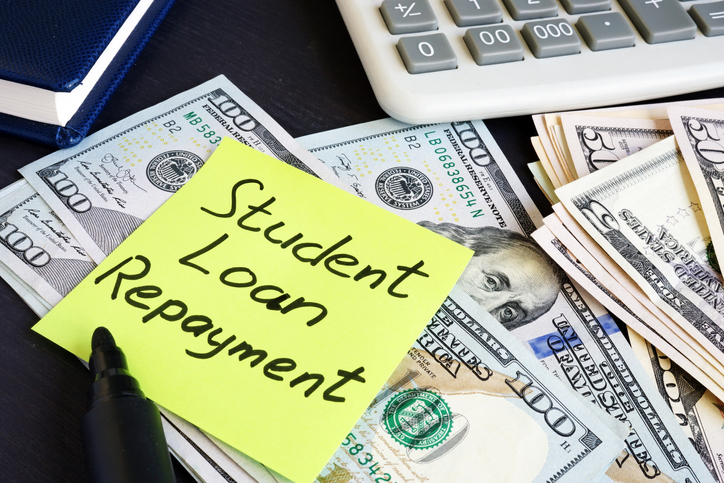A Guide to Paying Back Your Student Loans
Check out these tips and programs to help ease your student debt repayment journey.
 (Getty Images)
(Getty Images)
Since the COVD-19 forbearance expired in October, many federal student loan borrowers have struggled to pay.
According to the Department of Education, only about 60% of borrowers sent payments in by mid-November. That places them at risk of delinquency and eventually, default, a status that would be reported to national credit reporting agencies and could damage one’s ability to borrow in the future. Don’t let it get to that point.
If you’re among the 40% of borrowers who haven’t made payments since the forbearance expired, you have options, according to U.S. News and World Report.
Gather information about your student loan debt
Visit your student loan servicers website to find details about your debt including how much you owe, your monthly payment, when it’s due, loan interests and more. You can find your services by logging into your account on Federal Student Aid (FSA) or by calling the Federal Student Aid Information Center at 800-433-3243.
Compare repayment plans
There are two types of federal student loan repayment plans. With a fixed repayment plan, your payment stays the same or gradually increased until the loan is repaid. On an income-driven plan, your payment is based on your income and family size. The latter plan also allows for the student loan balance to be discharged after making monthly payments for a period of 20 or 25 years.
Use the FSA’s loan simulator tool to determine which one is best for you.
Enroll in student loan forbearance or deference
If you’re really struggling to repay your loans, you might want to apply for certain types of forbearance or deferment online through your loan servicer. That can be done through an economic hardship request sent via mail, email or phone call. Keep in mind that interest may accrue on your student loans during periods of forbearance and deferment.
See if you qualify for student loan forgiveness
There are several student loan forgiveness programs eligible borrowers might qualify for.
- Public Service Loan Forgiveness: This program offers relief to government and nonprofit employees who work for qualifying employers in health care, education, law enforcement, military service and other professions. Those who are eligible may have the remaining balance of their student loan debt discharged after making 120 qualifying monthly payments.
- Borrower defense and closed school discharge – Borrowers who were enrolled in a school that engaged in misconduct may be eligible for forgiveness if they demonstrate that the school misled them. They must also show that they suffered to a degree that warrants the full discharge of their loans. You may also qualify if your school closed while you were enrolled or shortly thereafter.
- Totally Permanent disability (TPD) discharge – Those who’ve become totally or permanently disabled may qualify to get their debt discharged. If you believe you qualify, you can apply for a TPD discharge with a medical professional’s certification.
Noah Johnson (he/him/his) is a Chicago-based journalist. Follow him on X: @noahwritestoo.
Edited by NaTyshca Pickett